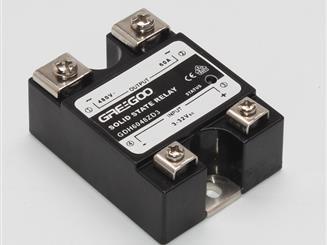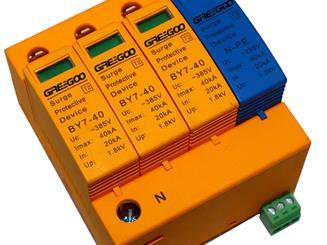Dual Thyristor Module vs Dual Diode Module vs Thyristor Diode Module, what's their difference?
In terms of internal structure, the differences between dual thyristor modules, dual diode modules, and thyristor-diode modules mainly lie in the semiconductor devices they contain and their connection methods:

Dual Thyristor Module:
Internal Structure: Contains two thyristors (SCRs), usually in an anti-parallel or anti-series configuration.
Function: Each thyristor can be controlled individually, used for phase control and rectification in AC circuits. The anti-parallel configuration allows control during both the positive and negative half-cycles of AC power.
Dual Diode Module:
Internal Structure: Contains two diodes, typically connected in a common cathode or common anode configuration.
Function: Used in rectifier circuits, where the two diodes handle the positive and negative half-cycles of AC power, forming full-wave rectification.
Thyristor-Diode Module:
Internal Structure: Contains one or more thyristors and diodes, with specific connection methods depending on application requirements.
Function: Combines the control capability of thyristors with the rectification function of diodes, suitable for circuits requiring both rectification and control.
The design of these modules' internal structures provides specific advantages in different power electronics applications, and the choice should be made based on the specific circuit requirements.

What is the main difference between 8/20μs and 10/350μs in SPD?
8/20μs: Suitable for protection against fast-rising and short-duration surges, such as lightning strikes and rapid switching events.10/350μs: Suitable for protection against slower-rising and longer-duration surges, often associated with power distribution network switching operations and industrial electrical systems.
Read More
Socket Solid State Relay and Solid State Relay with Integrated Heatsink, what's the difference between feature and application
DIN rail mounted Socket Solid State Relay and Solid State Relay with Integrated Heatsink
Read More
𝑪𝒐𝒏𝒔𝒊𝒅𝒆𝒓𝒂𝒕𝒊𝒐𝒏𝒔 𝒇𝒐𝒓 𝑺𝒐𝒍𝒊𝒅 𝑺𝒕𝒂𝒕𝒆 𝑹𝒆𝒍𝒂𝒚𝒔 𝑺𝒆𝒍𝒆𝒄𝒕𝒊𝒐𝒏
For resistive loads, a 2-3 times higher load current can be selected. For inductive or capacitive loads, a 3-4 times higher load current can be selected.
Read More
What is the main differences between Type 1 and Type 2 SPD?
It's worth noting that a comprehensive surge protection strategy may involve using both Type 1 and Type 2 SPDs in combination, along with other protective measures, to ensure maximum protection for electrical systems and connected devices.
Read More













